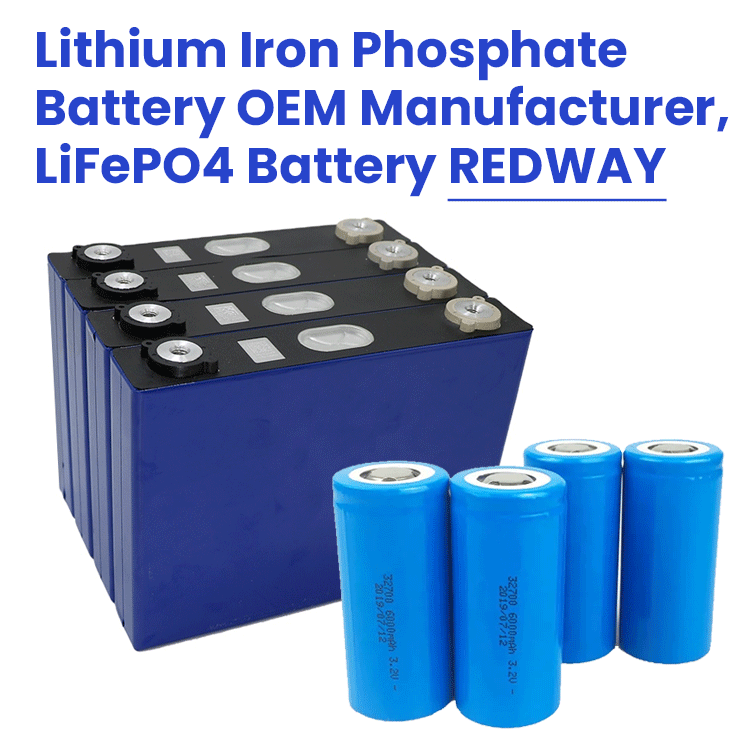Exploring alternatives to lithium-ion batteries is essential for the future of energy storage, especially as the demand for sustainable and efficient energy solutions increases. Various technologies, such as solid-state, lithium-sulfur, and sodium-ion batteries, offer unique benefits that could redefine energy storage across multiple sectors.
What Are the Key Alternatives to Lithium-Ion Batteries?
Several promising alternatives to lithium-ion batteries have emerged, each with distinct characteristics:
- Solid-State Batteries: These utilize a solid electrolyte instead of a liquid one, offering higher energy density and improved safety.
- Lithium-Sulfur Batteries: Known for their potential high energy density, these batteries are still overcoming challenges related to cycle life.
- Sodium-Ion Batteries: Using sodium instead of lithium, these batteries aim for cost-effectiveness and sustainability due to the abundance of sodium.
- Flow Batteries: Ideal for large-scale applications, flow batteries use liquid electrolytes that can be easily replenished.
Key Alternatives Chart: Overview of Battery Technologies
| Technology | Electrolyte Type | Energy Density (Wh/kg) | Cycle Life | Applications |
|---|---|---|---|---|
| Solid-State | Solid | 300-500 | 2000+ | EVs, portable electronics |
| Lithium-Sulfur | Liquid/Solid | 500+ | 300-600 | EVs, grid storage |
| Sodium-Ion | Liquid | 100-150 | 2000+ | Grid storage, low-cost EVs |
| Flow | Liquid | 20-40 | 10,000+ | Large-scale energy storage |
Why Is It Crucial to Explore Alternatives to Lithium-Ion Batteries?
Exploring alternatives is vital for several reasons:
- Resource Scarcity: The increasing demand for lithium raises concerns about supply chain stability and environmental impacts from mining.
- Performance Limitations: Lithium-ion batteries face challenges related to energy density, charging times, and thermal stability.
- Sustainability Goals: Developing alternative technologies aligns with global efforts to reduce carbon emissions and promote renewable energy sources.
These factors highlight the need for diverse battery solutions that can meet varying application requirements.
How Do Alternative Battery Technologies Compare in Performance and Cost?
When comparing different battery technologies, several factors come into play:
- Energy Density: Solid-state and lithium-sulfur batteries lead in energy density, making them suitable for applications requiring lightweight and compact designs.
- Cost: Sodium-ion batteries are generally less expensive due to the abundance of sodium compared to lithium.
- Cycle Life: Flow batteries excel in cycle life, making them ideal for stationary storage applications where longevity is critical.
Performance Comparison Chart: Key Metrics of Battery Technologies
| Technology | Energy Density (Wh/kg) | Cost ($/kWh) | Cycle Life |
|---|---|---|---|
| Solid-State | 300-500 | 400-600 | 2000+ |
| Lithium-Sulfur | 500+ | 300-500 | 300-600 |
| Sodium-Ion | 100-150 | 100-200 | 2000+ |
| Flow | 20-40 | 150-250 | 10,000+ |
What Advantages Do Alternative Battery Technologies Provide Over Lithium-Ion?
Alternative battery technologies present several advantages:
- Higher Energy Density: Solid-state and lithium-sulfur batteries can store more energy per unit weight or volume.
- Lower Environmental Impact: Sodium-ion batteries utilize more abundant materials, reducing reliance on scarce resources like lithium and cobalt.
- Enhanced Safety: Solid-state batteries are less prone to thermal runaway compared to traditional lithium-ion batteries.
These benefits make alternative technologies attractive options for various applications.
What Challenges Must Be Overcome for Alternative Batteries to Succeed?
Despite their potential, alternative battery technologies face significant challenges:
- Development Costs: High research and development costs can hinder the commercialization of new technologies.
- Material Availability: Sourcing materials for some alternative batteries may pose challenges similar to those faced by lithium-ion technology.
- Market Acceptance: Gaining consumer trust and acceptance of new battery technologies requires extensive education and demonstration of reliability.
Overcoming these challenges is essential for the successful adoption of alternative battery solutions.
How Is Research Driving Innovation in Alternative Battery Technologies?
Research plays a crucial role in advancing alternative battery technologies:
- Material Science Advancements: Ongoing studies into new materials aim to improve conductivity, stability, and overall performance.
- Innovative Manufacturing Techniques: Developing cost-effective manufacturing processes is key to scaling production of alternative batteries.
- Collaborative Efforts: Partnerships between academia and industry are fostering innovation by combining expertise and resources.
These research initiatives are vital for unlocking the full potential of alternative battery technologies.
Industrial News
Recent advancements in battery technology highlight a growing focus on alternatives to lithium-ion solutions. Companies like QuantumScape are advancing solid-state technology while researchers explore sodium-ion and lithium-sulfur options as viable substitutes. As global demand for sustainable energy storage increases, these innovations are expected to play a significant role in shaping the future of energy solutions.
Redway Expert Insights
“Exploring alternatives to lithium-ion batteries is not just an option; it’s a necessity,” states Dr. Michael Green, an expert in energy storage technologies. “As we strive for sustainability and efficiency in energy systems, diversifying our battery technology portfolio will be crucial.”
FAQ Section
Q1: What are some alternatives to lithium-ion batteries?
A1: Key alternatives include solid-state batteries, lithium-sulfur batteries, sodium-ion batteries, and flow batteries.Q2: Why is it important to find alternatives?
A2: Alternatives are essential due to resource scarcity of lithium, performance limitations of current technologies, and sustainability goals.Q3: What challenges do alternative battery technologies face?
A3: Challenges include high development costs, material availability issues, and market acceptance hurdles that need addressing for success.



